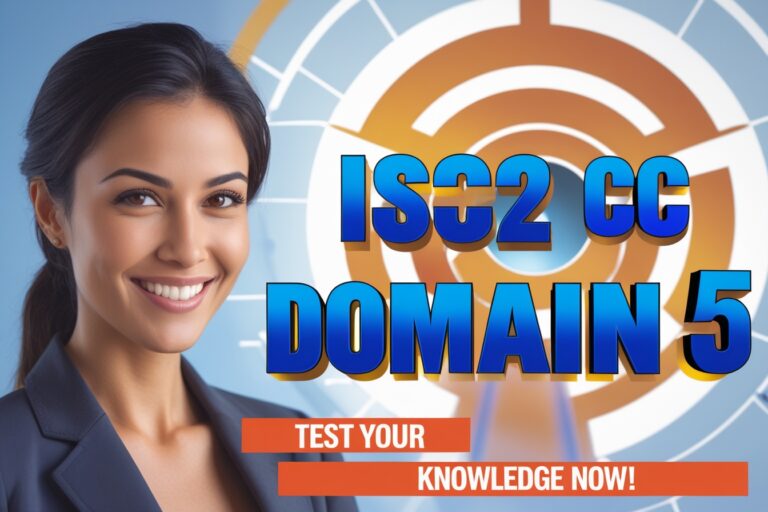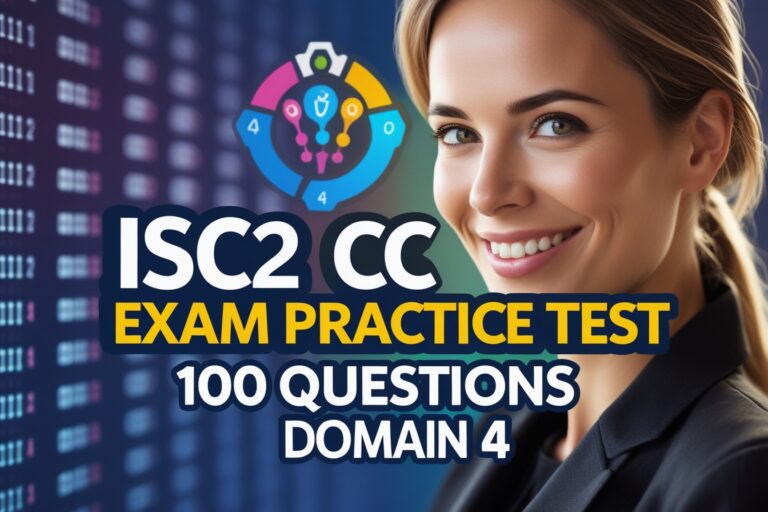1. Which of the following is/are the examples of data communication services.
i) SMDS ii) Frame relay iii) X.25 iv) ATM
A) i, ii and iv only
B) i, ii and iii only
C) i, iii and iv only
D) All i, ii, iii and iv only
2. ……………. was developed in 1970 by CCITT for providing an interface between the public packet-switched network and their customers.
A) SMDS
B) Frame relay
C) X.25
D) ATM
3. X.25 protocol is based on the protocols used in early ……………. networks such as ARPANET, DATAPAC, TRANSPAC etc.
A) Packet Switching
B) Circuit Switching
C) Virtual Packet Circuit Switching
D) Virtual Packet Switching
4. ……………. protocol is a physical layer protocol is used to specify the physical electrical and procedural interface between host and network.
A) X.25
B) X.21
C) SMDS
D) X.23
5. ……………… is a connection-oriented service which supports switched virtual circuits as well as the permanent circuits.
A) X.25
B) X.21
C) SMDS
D) ATM
6. In X.25, ……………… is established between a computer and network when the computer sends a packet to the network requesting to make a call a packet to the network requesting to make a call to another computer.
A) Virtual circuit
B) Switched circuit
C) Switched virtual circuit
D) Switched intelligent circuit
7. In order to allow the computers who do not use the X.25 to communicate with the …………………., a packet assembler disassembler (PAD) is used.
A) X.21
B) SMDS
C) Frame relay
D) X.25
8. The layers defined by X.25 interface is/are
i) physical layer ii) data link layer iii) packet layer iv) application layer
A) i, ii and iv only
B) i, ii and iii only
C) i, iii and iv only
D) All i, ii, iii and iv only
9. The X.25 defines the interface for the exchange of packets between the
user’s machine (DTE) and the packet switching node to which this DTE is
attached which is called as …….
A) DCE
B) DDE
C) DLC
D) HDL
10. At the physical level, …………… physical interface is being used which is defined for the circuit-switched data network.
A) X.25
B) X.21
C) Frame relay
D) SMDS
11. The virtual circuit service of X.25 provides for two types of virtual circuits which are ………….
i) virtual circuit ii) permanent virtual circuit iii) permanent virtual call iv) virtual call
A) i and ii only
B) ii and iii only
C) iii and iv only
D) ii and iv only
12. A ………………….. is a dynamically established virtual circuit using a call setup and call clearing procedure.
A) Permanent virtual circuit
B) Virtual call
C) Virtual circuit
D) Permanent virtual call
13. A ……………… is a fixed network assigned virtual where data transfer takes place as with virtual calls, but no call setup or clearing required.
A) Permanent virtual circuit
B) Virtual call
C) Virtual circuit
D) Permanent virtual call
14. Which of the following is/are the advantages of X.25
i) Frame delivery is more reliable ii) X.25 is faster than Frame relay iii) Frames are delivered in order iv) Flow control is provided
A) i, ii and iv only
B) i, ii and iii only
C) i, iii and iv only
D) All i, ii, iii and iv only
15. ……………… is a connection-oriented service, which can be imagined to be equivalent to a virtual leased line.
A) X.25
B) Frame relay
C) SMDS
D) ATM
16. ………………. does not provide acknowledgments or normal flow control.
A) Frame relay
B) X.25
C) SMDS
D) ATM
17. ………….. was developed for taking advantage of the high data rates and low error rates in the modern communication system.
A) X.25
B) Frame relay
C) SMDS
D) ATM
18. In …………….. the cell control packets are used for setting up and clearing virtual circuits.
A) ATM
B) X.25
C) SMDS
D) Frame relay
19. Which of the following is/are the advantages of frame relay.
i) streamlined communication process ii) lower delay iii) higher throughput
A) i and ii only
B) ii and iii only
C) i and iii only
D) All i, ii and iii
20. In ……………. the number of functions of a protocol at the user network interface is reduced.
A) X.25
B) Frame relay
C) SMDS
D) ATM
Answers
1. D) All i, ii, iii and iv only
2. C) X.25
3. A) Packet Switching
4. B) X.21
5. A) X.25
6. C) Switched virtual circuit
7. D) X.25
8. B) i, ii and iii only
9. A) DCE
10. B) X.21
11. D) ii and iv only
12. B) Virtual call
13. A) Permanent virtual circuit
14. C) i, iii and iv only
15. B) Frame relay
16. A) Frame relay
17. B) Frame relay
18. D) Frame relay
19. D) All i, ii and iii
20. B) Frame relay
Read Next: MCQs on Data Communication Services Part-2







 Afrikaans
Afrikaans Shqip
Shqip አማርኛ
አማርኛ العربية
العربية Հայերեն
Հայերեն Azərbaycan dili
Azərbaycan dili Euskara
Euskara Беларуская мова
Беларуская мова বাংলা
বাংলা Bosanski
Bosanski Български
Български Català
Català Cebuano
Cebuano Chichewa
Chichewa 简体中文
简体中文 繁體中文
繁體中文 Corsu
Corsu Hrvatski
Hrvatski Čeština
Čeština Dansk
Dansk Nederlands
Nederlands English
English Esperanto
Esperanto Eesti
Eesti Filipino
Filipino Suomi
Suomi Français
Français Frysk
Frysk Galego
Galego ქართული
ქართული Deutsch
Deutsch Ελληνικά
Ελληνικά ગુજરાતી
ગુજરાતી Kreyol ayisyen
Kreyol ayisyen Harshen Hausa
Harshen Hausa Ōlelo Hawaiʻi
Ōlelo Hawaiʻi עִבְרִית
עִבְרִית हिन्दी
हिन्दी Hmong
Hmong Magyar
Magyar Íslenska
Íslenska Igbo
Igbo Bahasa Indonesia
Bahasa Indonesia Gaeilge
Gaeilge Italiano
Italiano 日本語
日本語 Basa Jawa
Basa Jawa ಕನ್ನಡ
ಕನ್ನಡ Қазақ тілі
Қазақ тілі ភាសាខ្មែរ
ភាសាខ្មែរ 한국어
한국어 كوردی
كوردی Кыргызча
Кыргызча ພາສາລາວ
ພາສາລາວ Latin
Latin Latviešu valoda
Latviešu valoda Lietuvių kalba
Lietuvių kalba Lëtzebuergesch
Lëtzebuergesch Македонски јазик
Македонски јазик Malagasy
Malagasy Bahasa Melayu
Bahasa Melayu മലയാളം
മലയാളം Maltese
Maltese Te Reo Māori
Te Reo Māori मराठी
मराठी Монгол
Монгол ဗမာစာ
ဗမာစာ नेपाली
नेपाली Norsk bokmål
Norsk bokmål پښتو
پښتو فارسی
فارسی Polski
Polski Português
Português ਪੰਜਾਬੀ
ਪੰਜਾਬੀ Română
Română Русский
Русский Samoan
Samoan Gàidhlig
Gàidhlig Српски језик
Српски језик Sesotho
Sesotho Shona
Shona سنڌي
سنڌي සිංහල
සිංහල Slovenčina
Slovenčina Slovenščina
Slovenščina Afsoomaali
Afsoomaali Español
Español Basa Sunda
Basa Sunda Kiswahili
Kiswahili Svenska
Svenska Тоҷикӣ
Тоҷикӣ தமிழ்
தமிழ் తెలుగు
తెలుగు ไทย
ไทย Türkçe
Türkçe Українська
Українська اردو
اردو O‘zbekcha
O‘zbekcha Tiếng Việt
Tiếng Việt Cymraeg
Cymraeg isiXhosa
isiXhosa יידיש
יידיש Yorùbá
Yorùbá Zulu
Zulu